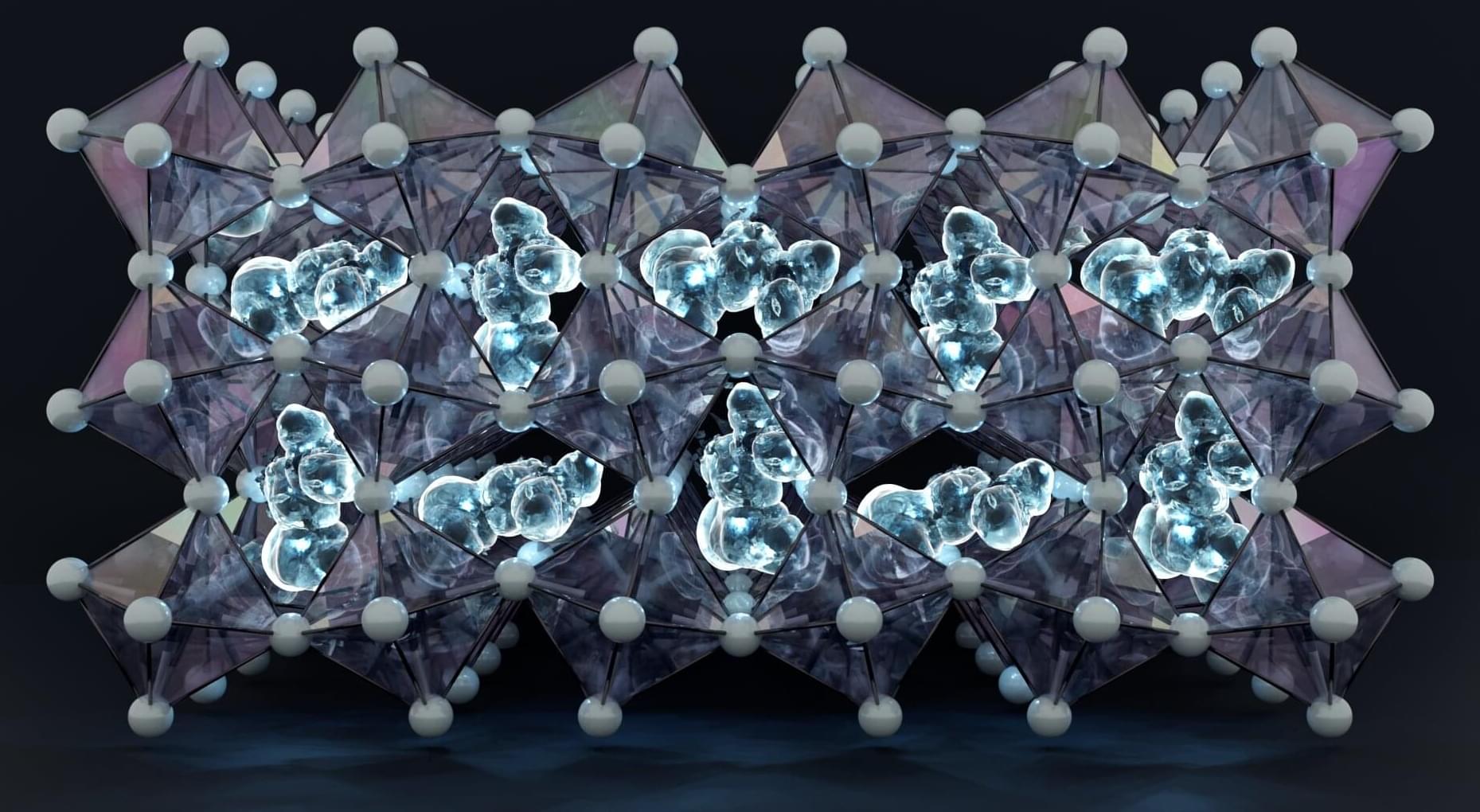In the near future, you may not need to touch a keypad to select a tip or pay for large purchases. All it may take is a swipe, tap or other quick gesture.
The innovation utilizes near-field communication (NFC), the short-range wireless technology embedded in smartphones, payment cards and terminals, passports and key fobs. UBC computer scientists say it could help prevent the spread of germs through touchpads, speed up transactions, and improve accessibility for users unable to press buttons.
Researchers debuted the technology in a paper at the User Interface Software and Technology conference.









